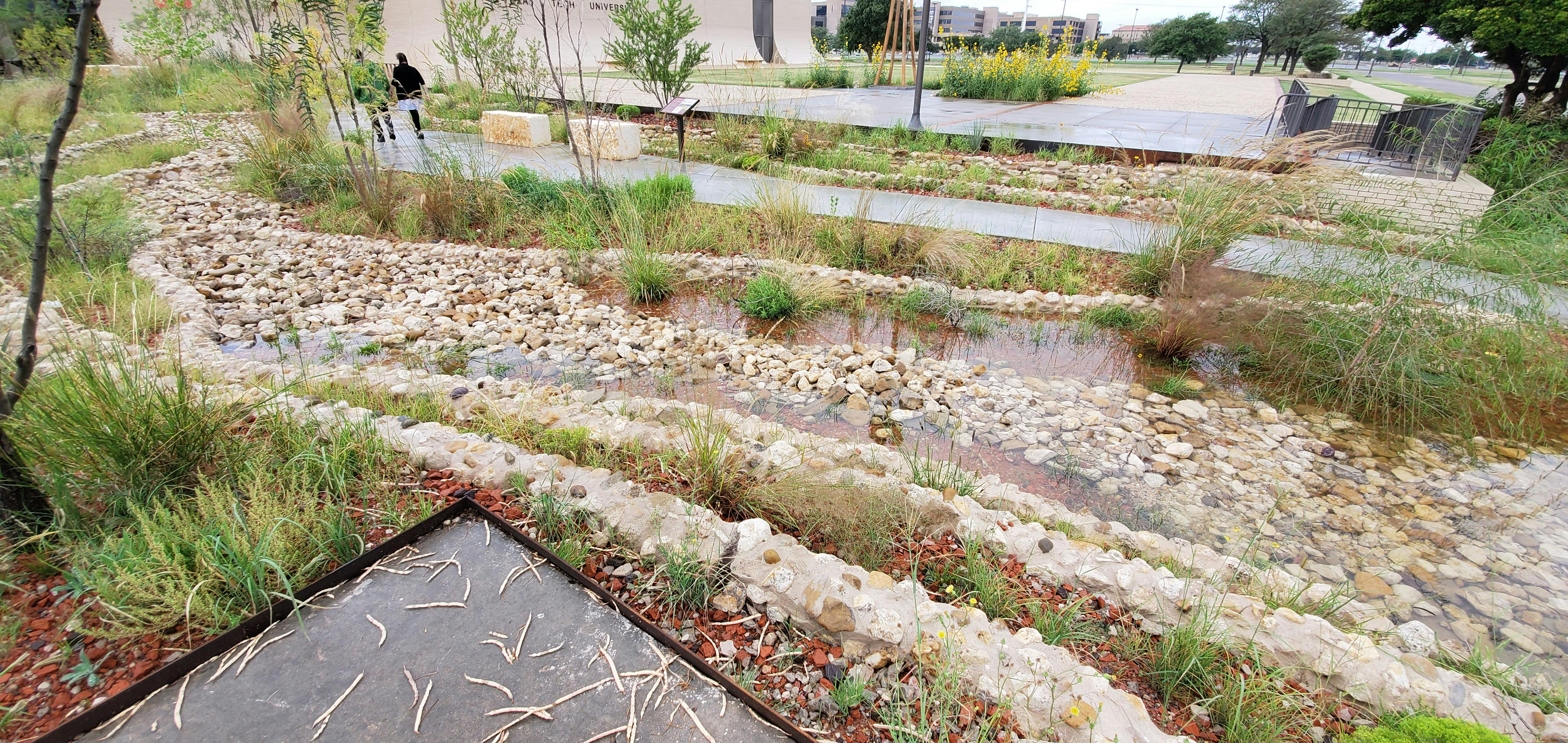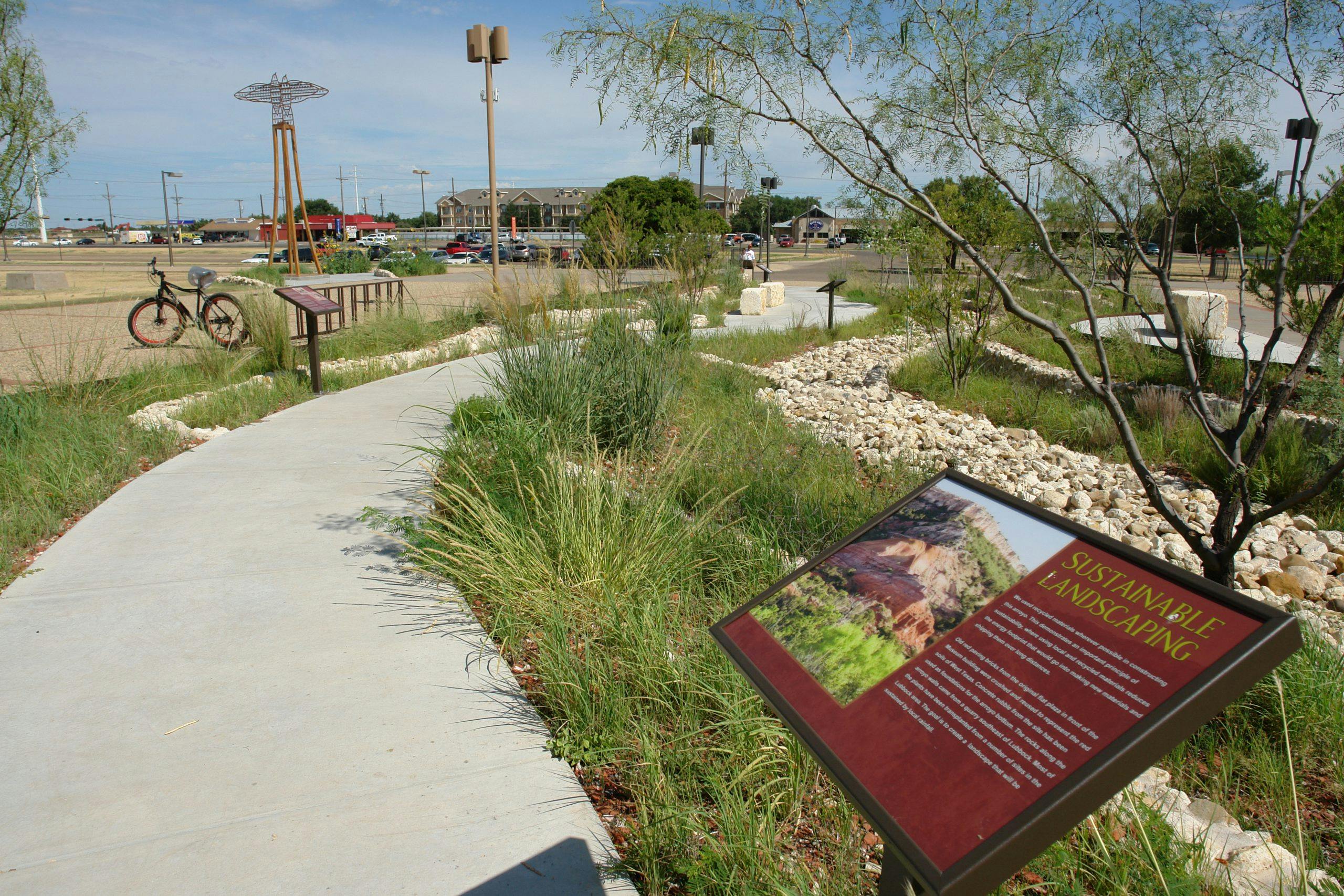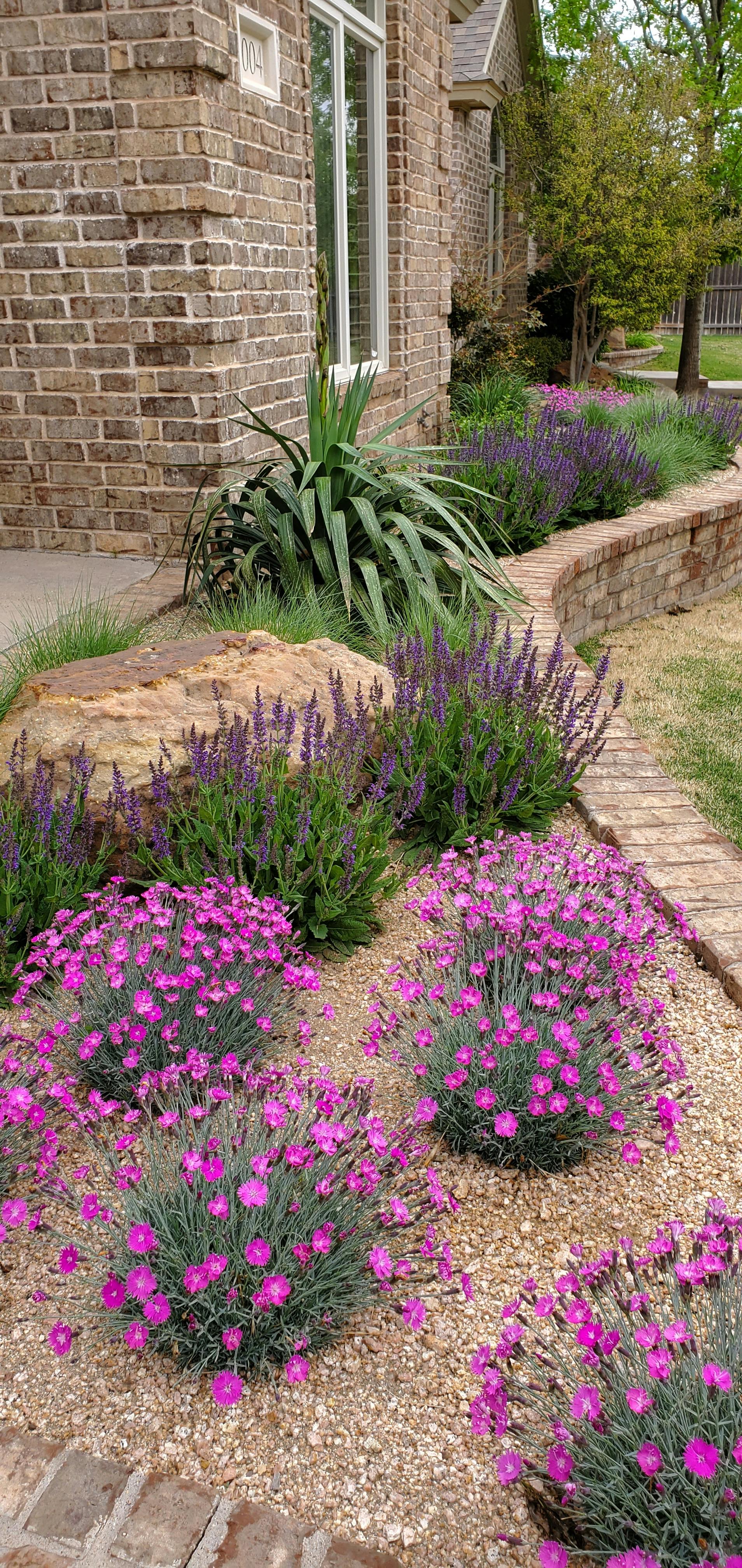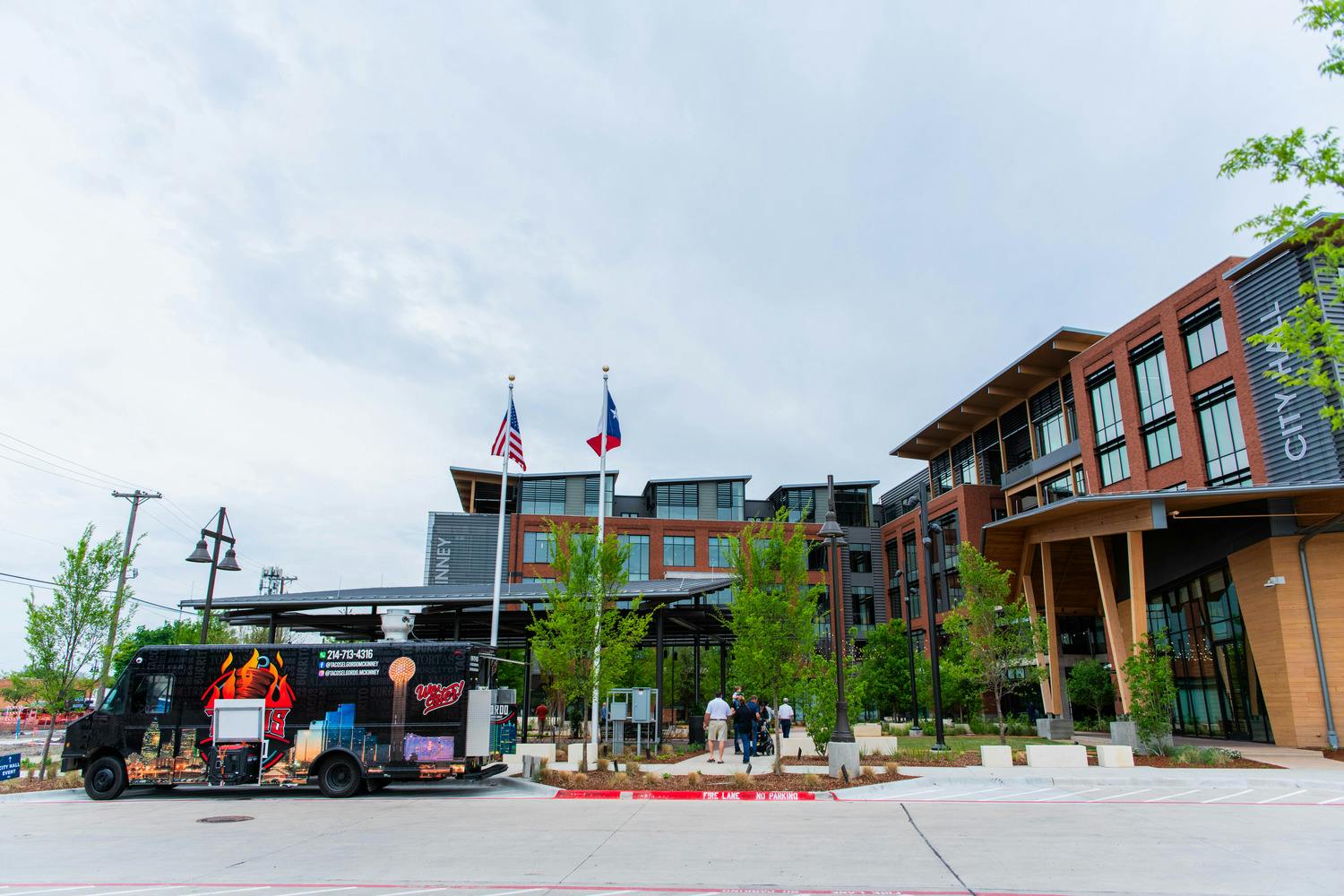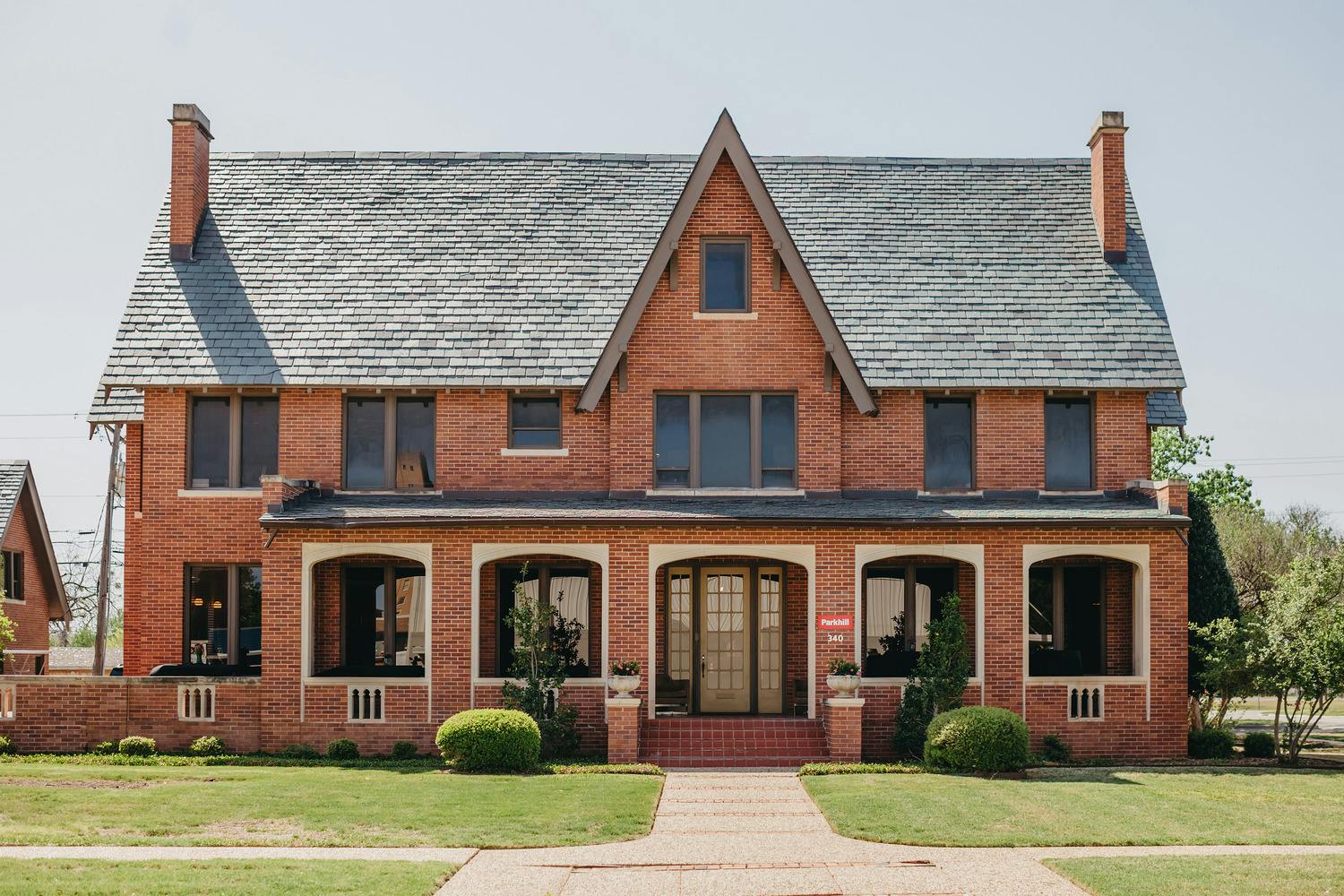Xeriscaping: Creating Sustainable Landscape Architecture Design
Category: Landscape Architecture
Written By: Nicole McBride
Date: April 28, 2020
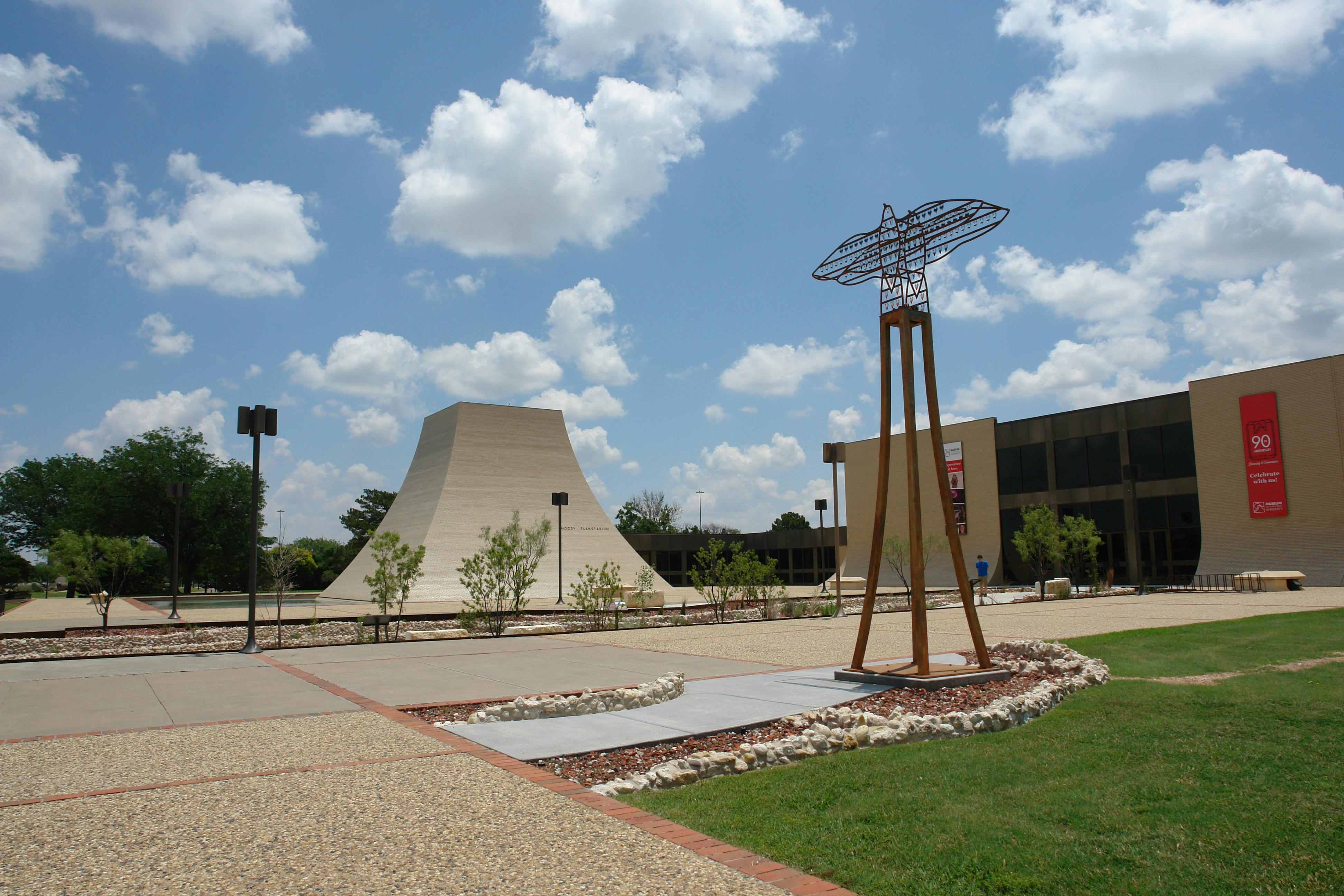
Xeriscaping is commonly associated with desert regions, cactus and rocks. However, this type of landscape architecture concept is not limited to those elements. Xeriscaping simply involves choosing plants that thrive in a particular region, perform well in the existing soil and requires a small amount of supplemental water for low maintenance and a low cost.
“I generally love the look of cactus,” said Karen Reams, RLA, “but a xeriscape landscape can be lush and beautiful as well as water savvy and environmentally conscious.”
The main elements considered in xeriscape design are water availability, climate, natural environment and client needs. The goal is to include plants in the xeriscape based on these factors that will primarily be taken care of by Mother Nature herself.
Water availability includes precipitation, groundwater resources and irrigation. By taking advantage of available water resources, a xeriscape should require very little upkeep to maintain its natural beauty.
Factors of climate include the hardiness zone, humidity, temperatures, sunlight, precipitation and wind, which greatly affects water loss. Hardiness zones are geographical regions defined by variations in the natural environment. Natural environment varies from region to region and is based on factors such as soil type, native vegetation, temperatures and topography.
“In xeriscape, you want to take your cue from what is already growing well,” said Karen, “so the plants would differ from region to region.”
The Texas Tech Museum Arroyo Project includes native plants and natural elements for a sustainable landscape design.
Client needs vary from project to project, but choosing xeriscaping is generally the answer for creating a low maintenance, low cost, beautiful design with water conservation and environmental consciousness in mind.
The Texas Tech Museum Arroyo Garden in Lubbock, Texas, is one comprehensive example of a xeriscaping project. The landscape surrounding the museum began as a barren canvas. To start, Parkhill worked over the spring and summer of 2019 to add Holganiz liquid soil amendment, which includes endo and ecto-mycorrhizae, nematodes, protozoa, beneficial bacteria, lignin polymers, kelp, yucca and amino acids to reactivate the natural balance of the soil for native plants to live successfully.
“This would be the smoothie of choice for soil wanting to get its game on,” said Sector Director of Landscape Architecture Chad Davis, RLA.
Next, volunteers from Parkhill overseeded with three different native wildflower and grass blends in a blanket of local compost comprised of cow manure and cotton gin by-product known locally as “gin trash.” Throughout the summer the volunteers weeded, watered and monitored the project for its development.
The arroyo at the Texas Tech Museum was designed to water the plants in the landscape as they would be watered in nature and requires little supplemental water.
By the end of fall 2019, work at the project site showed progress and rewards with the seed germinating, flowers emerging and insect and songbird life thriving in what was originally a vast, flat, scorching, concrete plaza. Now, this unique garden represents life and displays an interpretation of the native regional landscape even in the winter months.
This project also doubles as green infrastructure. Brick pavers on site were repurposed and ground up to use as mulch. The arroyo effectively captures and holds rainwater for infiltration, a self-managing irrigation system for plant life as well as a source of water for insects, birds and animals.
